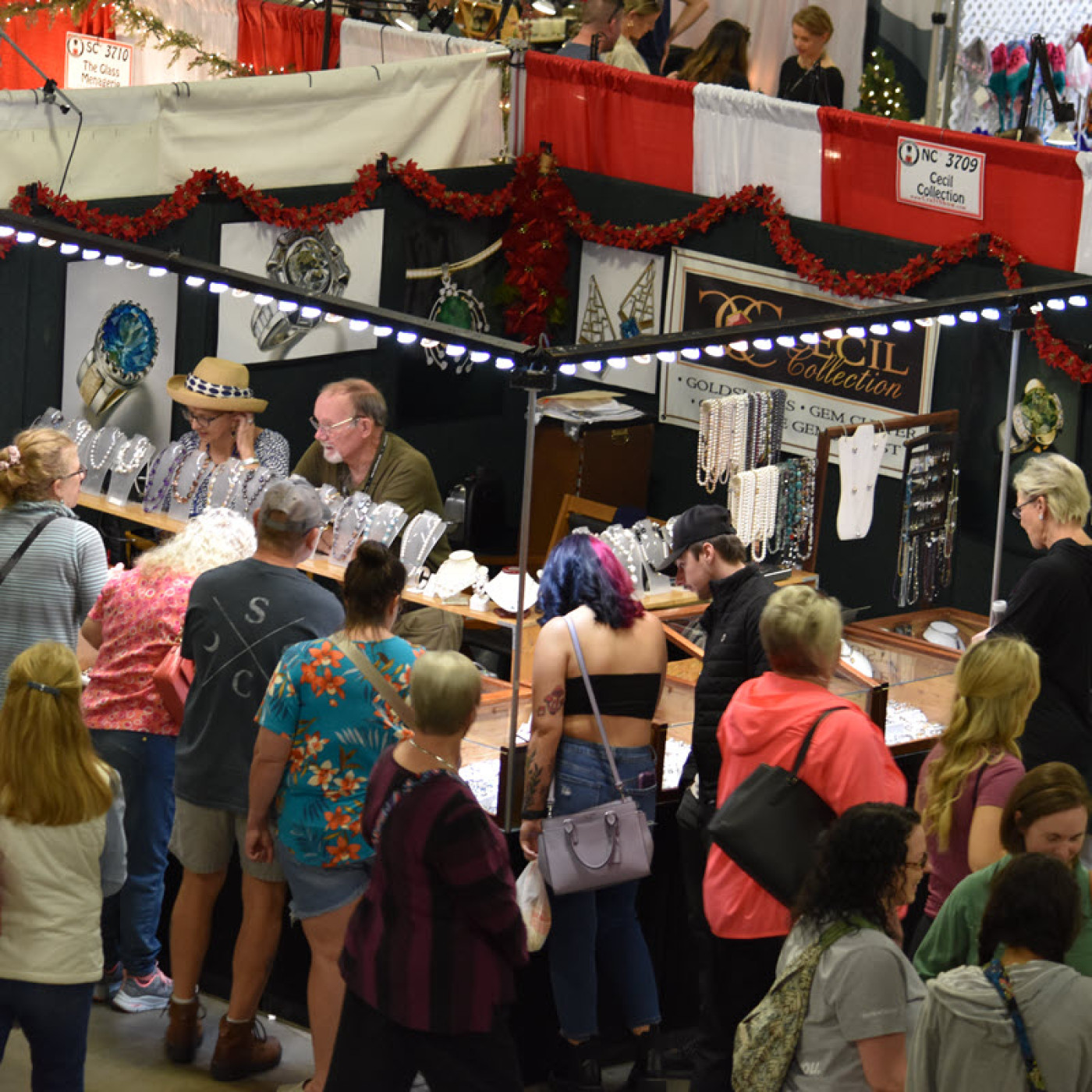How To Promote a Show Advice for Marketing Before and During Events
Our events are only open three days, so we hit areas hard and fast with effective ads and extremely high frequency. For decades, we have used television (network and cable), radio, newspapers, billboards, and direct mail.
We market through many outlets because we have a limited amount of time to capture attention. With a ticketed event, we need to do everything we can to reach and encourage people to attend. Digital and social media advertising have become an integral part of our marketing in the past 10 years, in addition to the more traditional methods.
Our most effective method is direct mail through our postcard list. We are celebrating our 50th anniversary this year and have worked diligently to compile an extensive customer list in each market — some lists exceed 50,000 previous attendees.
It takes hard work, financial investment, and significant time to build and maintain lists. However, this has been our most beneficial tool for marketing, both through direct mail and eblasts. Though direct mail’s cost has significantly increased (printing and postage), it still shows the best, most tangible return for our events.
We typically spend most of our time and dollars advertising about seven to 14 days out from the event’s opening day. Postcards and eblasts are delivered before that window. Our demographic of women 35+ responds best to a high frequency within a week of the event through more traditional methods (television, radio). Billboards and newspapers begin two to four weeks before the event and increase in frequency/size as the event nears.
We post an exhibitor list during each event, including company name, medium, booth location, and home state. Customers often contact us after an event, looking for an exhibitor. We work with the customers, doing our best to put them in touch with the artist.

What Artists Can Do
Get involved with the promoter. Follow their social media pages and interact with each page and event as often as possible. As soon as participation in a show is known, they should share the promoter’s event page, create their own, or do both.
As the event approaches, increase the frequency of posts. Include photos of creating and preparing for the event, as well as new creations you are showcasing to generate excitement. Ask the promoter if they have images or designs promoting the event they can share to share with followers.
Artists should always be building a customer list. Some have an easily accessible clipboard at shows. Others require an email or mailing address to process a credit card transaction.
If you are not tech-savvy or are unsure how to best utilize your list, reach out to the promoters. We are happy to include artists’ customer lists in our eblasts or direct mailings and offer advice and direction to those who need help getting started sending emails and mailings.
Some of the most successful artist outreach we see is direct mailings to customers in the area. These mailings typically include offering a discount in the booth, on event admission (must be established and approved by the promoter), or both. Customers usually receive these about 10 days before an event starts. Marketing and customer outreach produce the best results when promoters and artists work together.
At the Show
Gather as much information about customers as possible, including names, mailing and email address, and demographic information. Newsletters and event reminders are great ways to keep in touch with an audience.
Some artists send newsletters or notices, keeping their contact list updated about their show schedule. These have shown great returns. The best timing to send them is about 10 to 14 days before a show begins, with a final reminder two to three days before opening.
Flyers with show schedules are helpful, especially when participating in other events in that area within the year. Business cards are also beneficial. Add an image of your work, yourself, or booth to the card. It helps jog the potential customer’s memory after the event.
If your website is long or complicated, or if you use social media instead of a website, a QR code is an option for easy access.
In terms of marketing yourself, your booth, and your creations while at the event, I recommend tasteful signs or durable, lightweight, packable banners. Pick three to five pieces that best represent your work and your booth, take quality photographs, and have them printed on the banner. Use the space behind and around you to boost interest in your booth and increase purchases.
Our team works diligently, planning months in advance, to ensure booth fee dollars are used appropriately and effectively in our marketing and advertising efforts. We measure the effectiveness of and return on marketing dollars and make changes as needed.
As the landscape of marketing and customer habits changes, we shift and adjust our approach. CEO Clyde Gilmore says, “They’re not here to see us, they’re here to see you (the artists) — it’s our job to let them know you’re here.”
